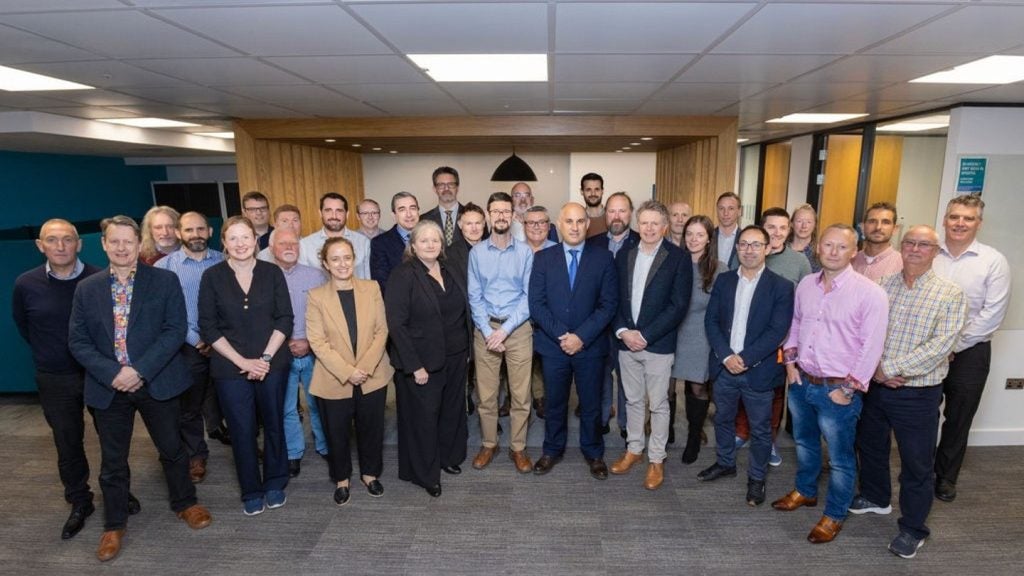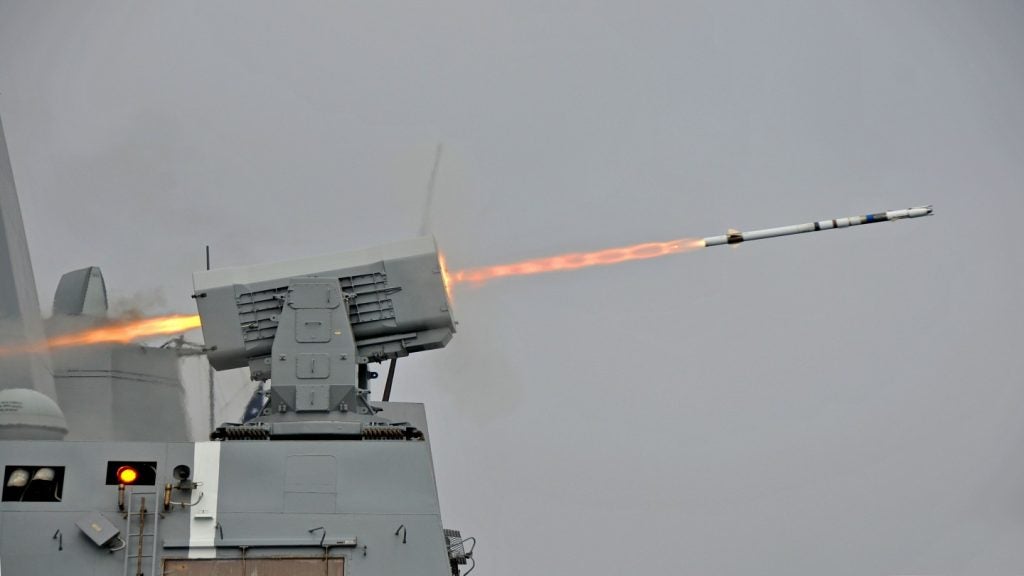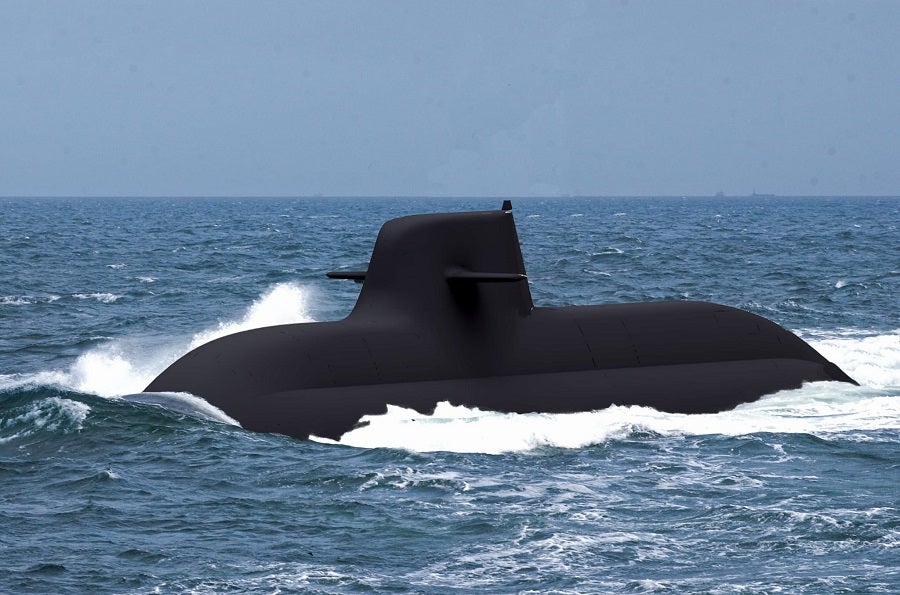
The Italian Navy is one of the greatest contributors to NATO efforts in the Mediterranean Sea. The new boats built under the U212 Near Future Submarine programme will support the country’s treaty commitments, including maritime security and counter-piracy. We talk to the manufacturer about the challenges of the project and the capabilities of the new submarines.
The Production activities for two new-generation submarines, as part of the U212 Near Future Submarine (NFS) programme for the Marina Militare (Italian Navy), began at Fincantieri Muggiano (La Spezia) shipyard in mid-January.
The €1.35bn project, which also envisages relevant in-service support, an option for two additional units, and the creation of a training centre, is led by the international organization for joint armament cooperation Organisation Conjointe de Cooperation en matiere d’Armement (OCCAR).
Currently, at the core of the Italian Navy, there are four German-Italian Type-212A submarines. Because of their fuel cell air-independent power (AIP) propulsion systems, the Todaro, Scirè, Venuti and Romei are some of the stealthiest subs on the planet.
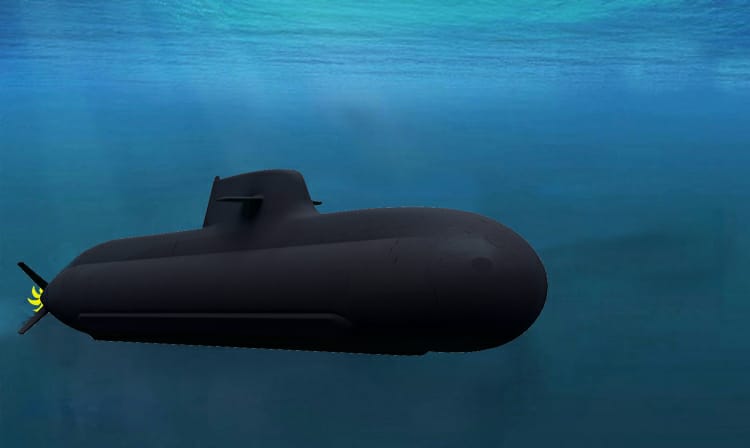
The submarines
“The U212NFS programme includes the first tranche of two submarines that will replace the four Sauro Class boats, thus allowing the Italian Navy to fill the capability gaps related to the unavoidable ageing of his legacy submarines,” a spokesperson for Fincantieri tells Global Defence Technology.
The NFS series will not only satisfy the one-to-one quantity criterion of the navy, but it will also strengthen its underwater supremacy in the Mediterranean region due to added innovative design, the spokesperson adds.
How well do you really know your competitors?
Access the most comprehensive Company Profiles on the market, powered by GlobalData. Save hours of research. Gain competitive edge.

Thank you!
Your download email will arrive shortly
Not ready to buy yet? Download a free sample
We are confident about the unique quality of our Company Profiles. However, we want you to make the most beneficial decision for your business, so we offer a free sample that you can download by submitting the below form
By GlobalData“The NFS programme was envisioned by the Italian Navy to improve the U212A overall performance and resilience. The new submarine will have some incremental improvement in some engineering areas, such as power distribution and engine efficiency, but some other sectors will see disruptive innovations.”
Other areas where the new subs will outperform the Type-212As are improved fuel cell AIP systems, electric masts and integrated AI processing in the combat system. The new submarines will likely have underwater uncrewed systems in their arsenal too.
The NFS models boast enhanced sonar systems, improved periscopes and video processing capabilities, integrated communication electronic support measurement (C-ESM) and radar ESM (R-ESM) systems that can cover the electromagnetic environment in its entirety for surveillance, reconnaissance and improved mission effectiveness.
Fincantieri says they redesigned the combat information centre and developed a new platform control system as well as the new lithium-ion batteries.
The U212NFS AIP vessels will have a length of 58.6m, a pressure hull diameter of 7m and 5.7m and displacement (at surface ready for diving state) of 1570t. Each of the boats will host a crew of 29 personnel.
Although other stats such as top speed, diving depth and weaponry is classified, rumour has it that in addition to the underwater uncrewed systems, the NFS will have six 533mm tubes for the Leonardo Black Shark Advanced heavy-weight torpedoes and potential land-attack cruise missiles.
The spokesperson revealed that a big challenge in designing and constructing the submarines is that each system and sub-systems are unconfined to specific areas of the vessels.
“The influence of modifications or new design could affect all the complete design causing a domino effect, able to jeopardize the feasibility of the project as a whole. The balance between weight and buoyancy defines a unique solution to the design problem, reducing the possibility of correcting errors. The design process must be organized in order to facilitate the transfer of every transversal information to every designer,” the spokesperson adds.
During the designing and building process, Fincantieri is applying a system engineering methodology to guarantee the correct tracing of all the requirements, and to verify whether the new technologies are adequate for the pre-existing design scheme, while also maintaining consistency in terms of the vessels capabilities and performance.
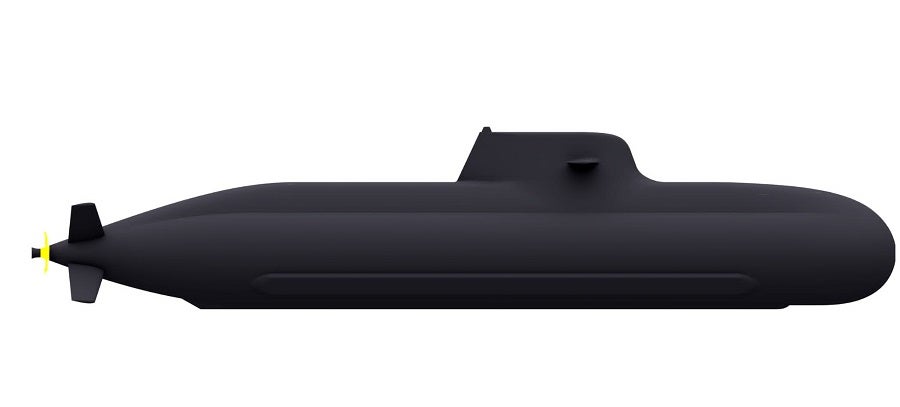
No need for nuclear
The question arises, however, why the Italians would not want to build nuclear-powered submarines.
The spokesperson says: “The AIP provides the possibility to increase the time spent in submerged conditions at patrolling speed and increases the hiding capability. The indiscretion rate is deeply improved when compared to diesel-electric conventional submarines.
Broadly speaking, nuclear power plant guarantees unlimited endurance and greater speed than a diesel-electric or AIP submarines. However, this comes with a higher level of radiated noise and heat. Thus, the AIP boat is the best choice for contested water such as the Mediterranean where stealth plays a primary role over speed.”
To maintain low observability, AIP submarines usually operate at slow speed when cruising, and Italy mostly operates close to friendly shores, so extreme endurance provided by nuclear rectors may be a low priority. Additionally, building nuclear reactors can be five to six times more expensive than AIP systems.
Italian to the core
Although Italy was a partner in the Type-212A programme, the vessels are largely German designed.
“In the NFS contract, Fincantieri has the role of the prime contractor and design authority, managing the complete design of the submarine and recovering a complete design capacity with the implementation of new technologies,” the company spokesperson says.
“On one side, it is the first step towards the realization of the next-generation submarine design for the Italian Navy. On the other hand, being the prime contractor and design authority allows Fincantieri to access the export market of conventional submarines.”
The project also serves to re-establish a high-end technology industrial cluster in the field of submarine design and construction.
The spokesperson concludes: “The goal is to increase the role of Italian industries in the submarine project. In particular, we are managing important suppliers such as Leonardo for the combat system, Calzoni for hoistable masts and Elettronica for R-ESM and C-ESM system.”



